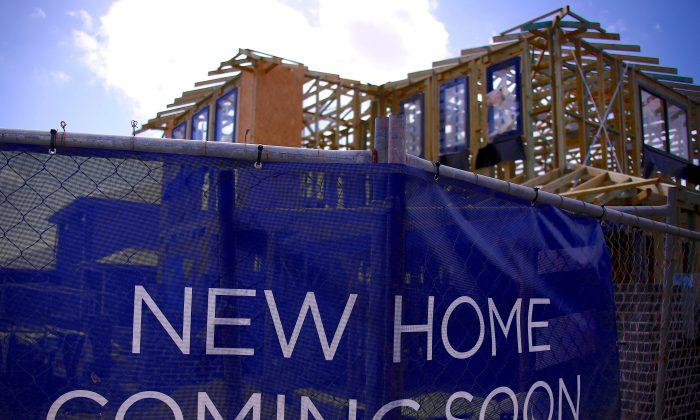The index fell 11.1 points to 45.9 in December and January, where readings below 50 indicate a contraction in activity, with lower results meaning a faster contraction.
The Australian Industry Group’s Chief Policy Advisor, Peter Burn, said commercial and apartment building construction reported the worst reduction in activity, and the fall in house building was less dramatic.
“This latest downturn was driven by disruptions to labour supply, material supplies and business and household confidence associated with the rapid spread of the Omicron strain,” Burn said.
As labour supply continues to experience shortages, construction costs continue to increase, with both wages and material costs rising rapidly. Although, the acceleration in input prices slightly fell in December and January compared to November, with the index falling 1.5 points to 96.
“Builders and constructors are hoping the reductions in COVID-19 infections evident over the past couple of weeks will ease some of the extra constraints evident over the past couple of months, but they, like everyone else, are geared for further uncertainty and volatility,” Burn said.
Tom Devitt, an economist for the Housing Industry Association, said the HomeBuilder pipeline had only recently started reaching completion, with many more to come.
“Ongoing demand as part of the shift in homebuyer preferences towards more space and greater amenity will continue to keep builders busy into 2023,” he said.

Devitt noted that the Reserve Bank of Australia had reiterated its willingness to be “patient” over raising interest rates in the first board meeting of the year on Tuesday.
“The RBA’s first cash rate increase is expected to officially mark the end of the current boom,” Devitt said.
Meanwhile, the Australian Bureau of Statistics (ABS) released separate statistics showing that the number of dwelling approvals rose by 8.2 percent in December.
It was driven by a 27.5 percent increase in approvals for private dwellings excluding houses. Approval for units in New South Wales was the primary driving force, growing 121 percent in December.
However, house approvals fell across all jurisdictions except Western Australia, where they grew just under 1 percent.
“Private sector house approvals remained subdued, falling 1.8 percent in December, following a 1.6 percent decline in November. The series has fallen 31.5 percent since the April 2021 peak,” ABS Director of Construction Statistics Daniel Rossi said.





